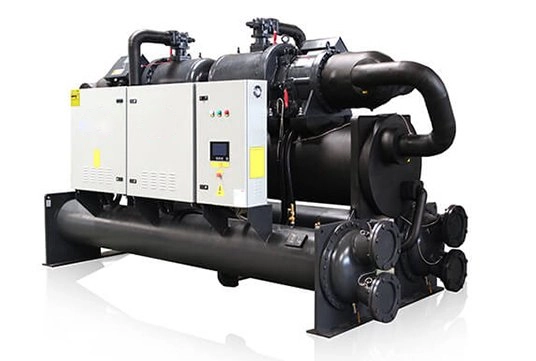water chiller for hydronic cooling
Water Chillers for Hydronic Cooling An Overview
Water chillers play a crucial role in hydronic cooling systems, ensuring efficient temperature regulation in residential, commercial, and industrial applications. These systems utilize chilled water to absorb heat from spaces, providing a comfortable environment and supporting various processes. This article delves into the significance, operation, and advantages of water chillers in hydronic cooling systems.
Understanding Hydronic Cooling
Hydronic cooling is a method of temperature control that employs water as a coolant. In this system, water is circulated through pipes and is used to absorb heat from the environment. The heated water is then sent to a water chiller, where it is cooled before being recirculated. This approach is particularly effective in large buildings or facilities where traditional air conditioning may be less efficient or practical.
The Role of Water Chillers
Water chillers are specialized devices designed to remove heat from the water circulating through a hydronic system. They primarily rely on a refrigeration cycle, which consists of four main components the evaporator, compressor, condenser, and expansion valve.
1. Evaporator The process begins in the evaporator, where warm water from the system flows in. Inside the evaporator, the refrigerant absorbs heat from the water, causing the refrigerant to evaporate.
2. Compressor The gaseous refrigerant is then compressed by the compressor, which increases its pressure and temperature.
3. Condenser The high-pressure gas moves to the condenser, where it releases heat to the external environment, usually through a cooling tower or air-cooled system, converting back into a liquid state.
water chiller for hydronic cooling

4. Expansion Valve Finally, the high-pressure liquid refrigerant passes through the expansion valve, where its pressure is reduced, and it returns to the evaporator to repeat the cycle.
Advantages of Water Chillers
Water chillers offer several advantages in hydronic cooling systems
- Energy Efficiency By utilizing water, which has a high heat capacity, water chillers can effectively transfer heat while consuming less energy. This efficiency can lead to significant cost savings on energy bills.
- Environmental Benefits Modern chillers are designed to minimize ecological impact. Many utilize environmentally friendly refrigerants, making them compliant with stringent regulations around greenhouse gas emissions.
- Versatility Water chillers can be used in various settings, from office buildings to industrial plants, providing customized cooling solutions for different applications. They can be easily integrated with existing systems, allowing for scalability and cost-effective upgrades.
- Enhanced Comfort Hydronic systems, powered by water chillers, provide consistent and even cooling. This results in improved indoor air quality and comfort, as there are no drafts or temperature fluctuations typical of traditional air conditioning systems.
Conclusion
Water chillers are an essential component of hydronic cooling systems, offering an effective solution for temperature regulation across diverse environments. With their energy efficiency, environmental benefits, and versatility, they are increasingly becoming the preferred choice for both new installations and retrofits. As technology advances, the functionality and sustainability of water chillers will continue to improve, solidifying their role in modern climate control strategies. By opting for a hydronic system with a reliable water chiller at its core, users can achieve optimal comfort while reducing their carbon footprint.
















































































































